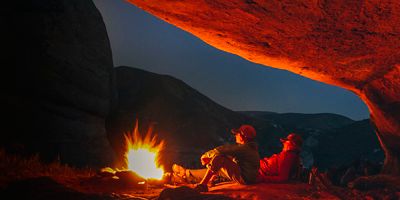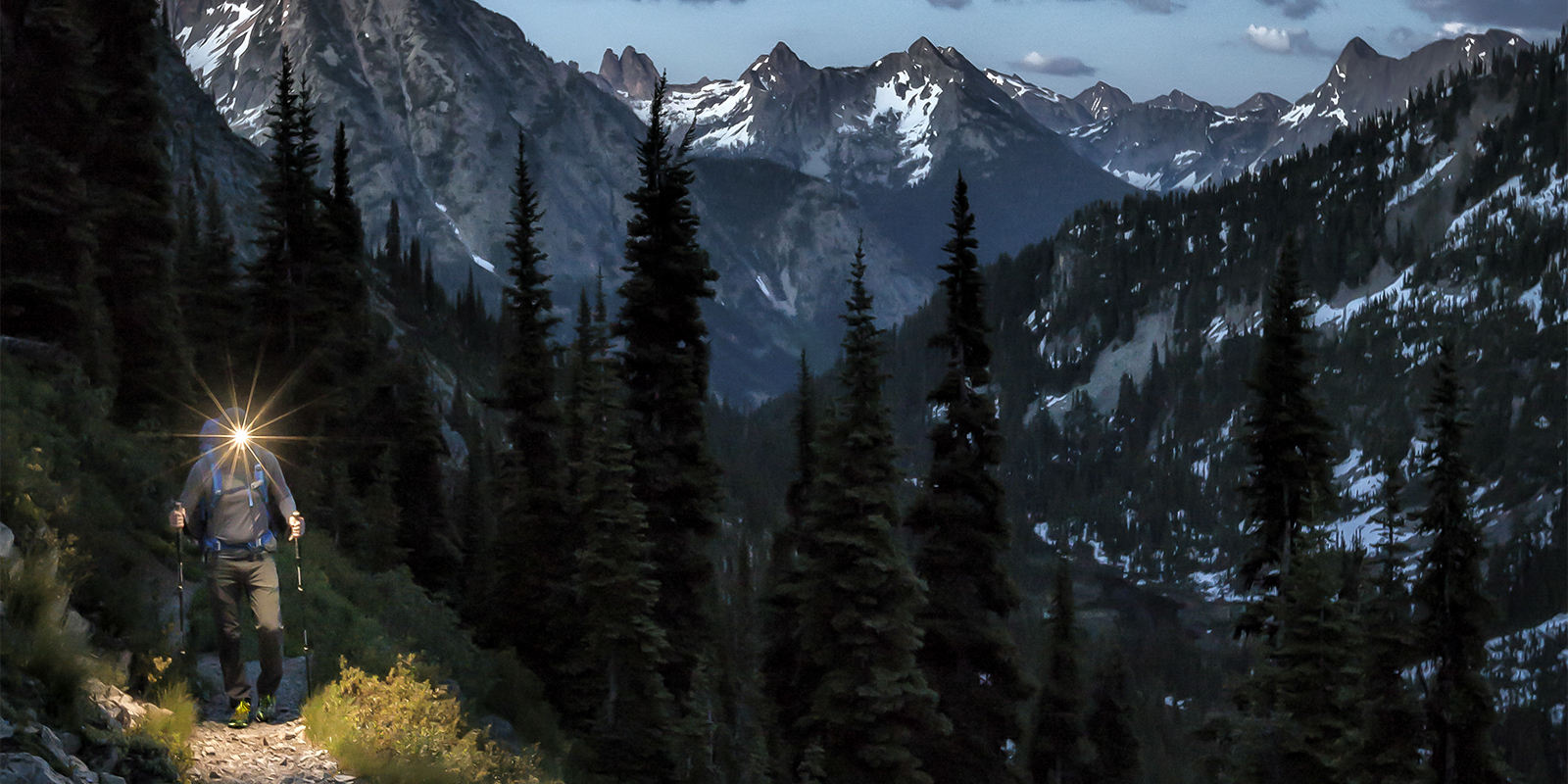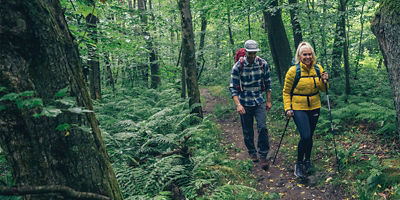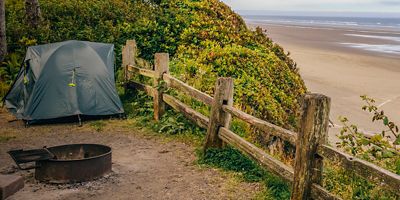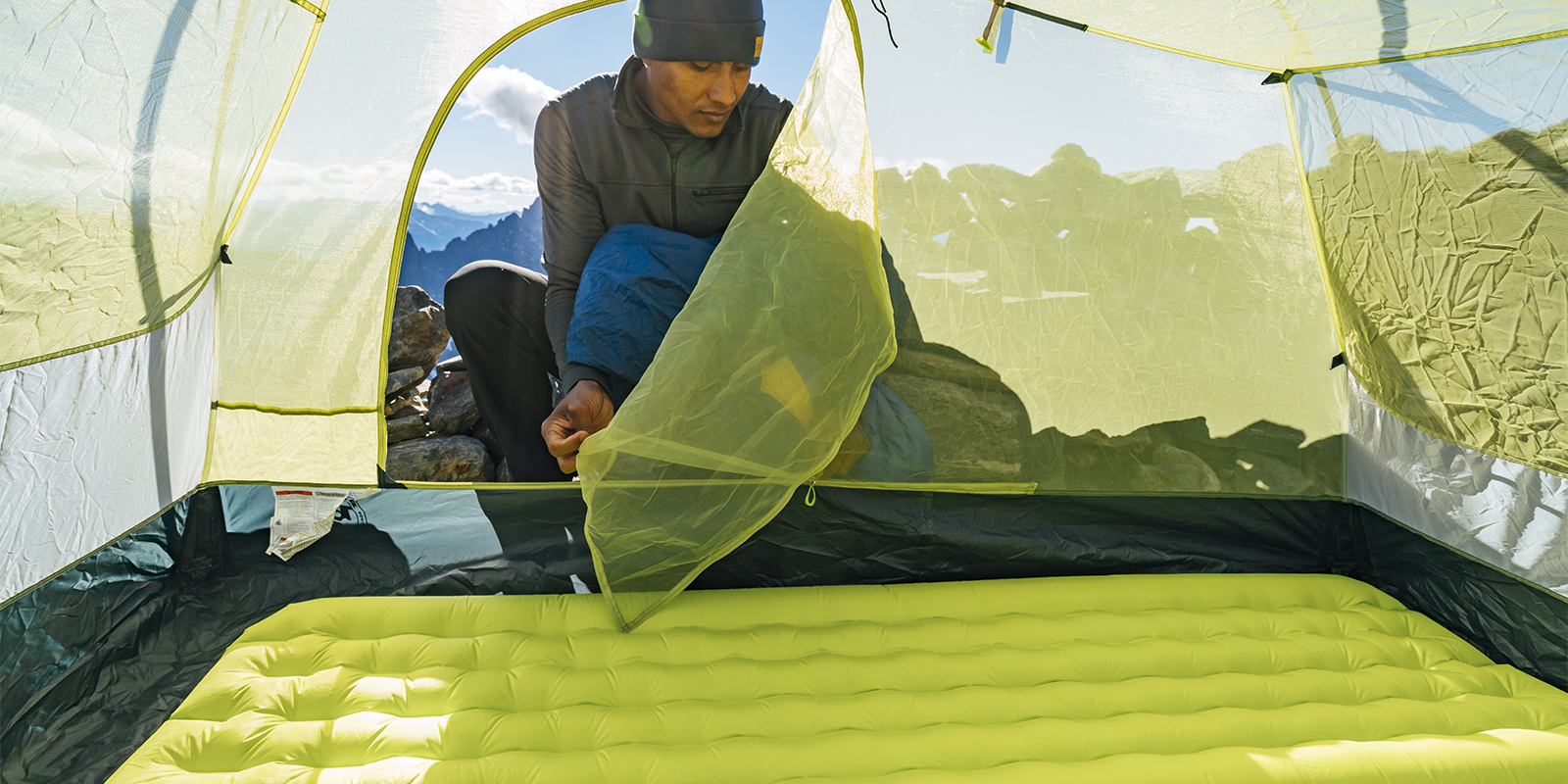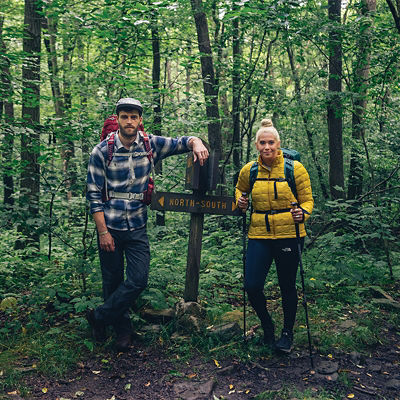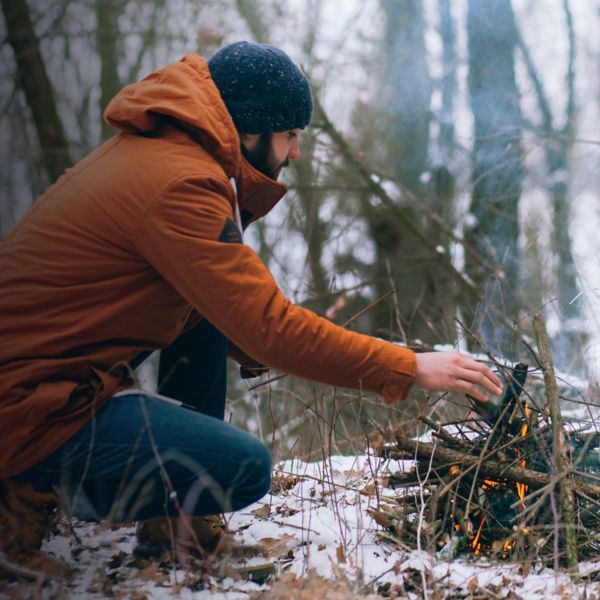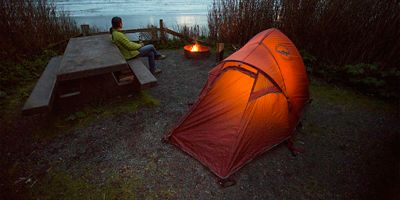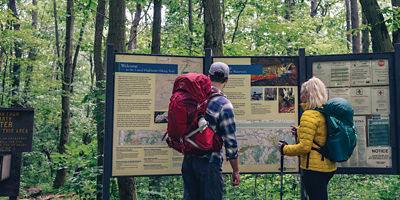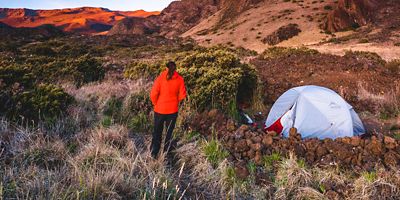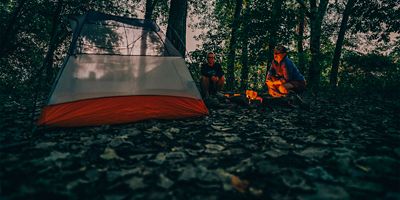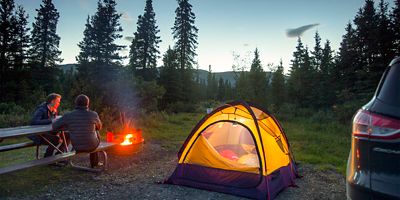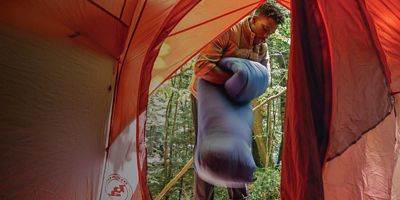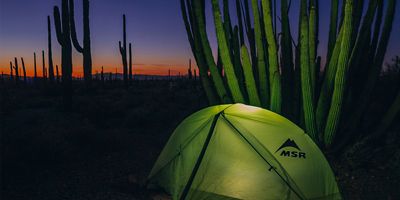
The West’s open skies and rugged peaks get all the glory, but if you really want to immerse yourself in nature, head east. The ancient woods of the Southern Appalachians are covered with trails and shot through with whitewater rivers, innumerable waterfalls, immense granite domes, and wildflower-speckled balds. For a full sampling, head to Pisgah National Forest, a locals’ playground near Asheville, North Carolina. Here, you’ll find hundreds of miles of trail—including considerable chunks of the 2,190-mile Appalachian Trail and 1,175-mile Mountains to Sea Trail.
Though Pisgah is far less crowded than its neighbor to the west, Great Smoky Mountain National Park, it has its own repertoire of showstoppers. Take 6,684-foot Mount Mitchell, for example, the tallest peak east of the Mississippi. Or the sheer silver cliffs of Linville Gorge, which draw rock climbers from across the Southeast. No matter your adventure tastes, Pisgah National Forest has something to offer.
The Forest’s First Inhabitants
The land now known as Pisgah National Forest was originally inhabited by members of the Catawba Nation and Cherokee Nation, who have over 5,000 years of history in the area. These Indigenous peoples relied on various forest plants for food, medicine, and other resources, and had a rich culture built around their relationships with the land. But when European settlers arrived in the early 1800s, they wanted the land for forestry and agriculture and forcibly removed Native peoples from their homelands.
In the late 1880s, the Vanderbilt family moved to the area to build their famous Biltmore Estate, and established an 86,700-acre forest reserve around the home. That reserve became the site of the first forest conservation school in America. In 1915, the government purchased that land and established Pisgah National Forest, now the oldest national forest in America.
Ancient Peaks
The Appalachian Mountains—including Pisgah’s subrange, the Blue Ridge Mountains—are some of the oldest peaks on earth. When they were formed 400 million years ago they rivaled the Rockies and the Alps in both height and ruggedness. Today, centuries of weathering have scoured them to the rolling hills, rounded domes, and quartzite-bottomed river valleys. The area is also known for its cliffs and rocky outcrops, critical ecosystems where raptors, lichens, and other unique plant species thrive.



